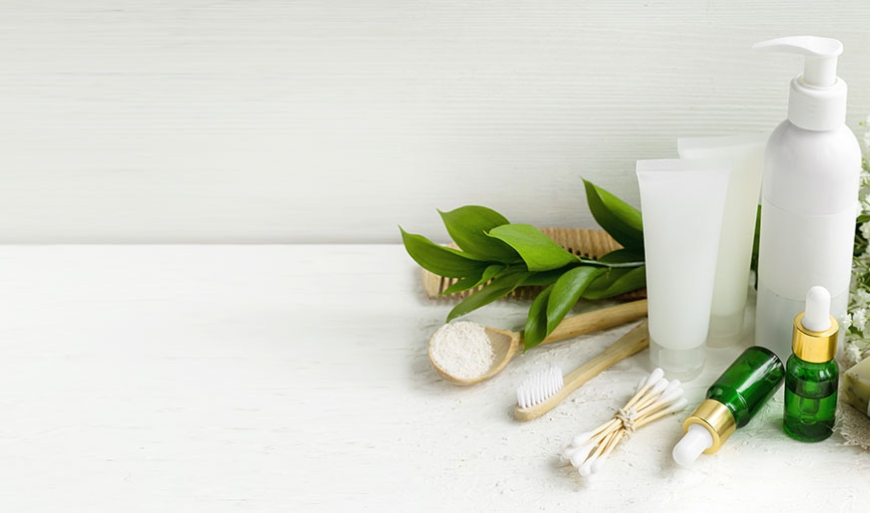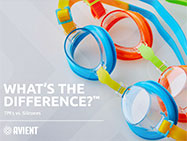Comparing Sustainable TPEs to Traditional Alternatives
Explore the differences between sustainable TPEs, conventional TPEs, and silicone

Thermoplastic elastomers (TPEs) and liquid silicone rubber (LSR) are now the materials of choice by product designers across countless industries and applications. Even so, choosing between TPEs and LSR can be tricky. Adding to the complexity of the decision, TPEs on the market now incorporate recycled and bio-based content. Making an informed decision starts with understanding the benefits and limitations of each solution. To help, this article provides a high-level overview of the differences in three essential categories: design, production, and performance.
Let's Compare
|
TPE with Sustainable Content |
Prime TPE |
LSR |
|
|
Design |
|||
|
Haptics |
Very Good |
Excellent |
Excellent |
|
Colorability |
Broad Spectrum |
Full Spectrum |
Full Spectrum |
|
Complex Geometry |
Grade/Part Dependent |
Grade/Part Dependent |
Easily |
|
Overmolding |
Good Capabilities |
Broad Capabilities |
Temperature Dependent |
|
Production |
|||
|
Raw Material Cost |
Medium |
Low |
High |
|
Product Carbon Footprint (PCF) |
Low |
High |
Medium |
|
Tooling Cost |
Low |
Low |
High |
|
Cycle Time |
Good |
Good |
Good |
|
Reprocessability |
Yes |
Yes |
No |
|
Performance |
|||
|
Chemical Resistance |
Good Range |
Very Good Range |
Broad Range |
|
Heat Resistance |
Limited |
Limited |
Excellent |
|
Barrier Properties |
Excellent |
Excellent |
Limited |
|
Tear Resistance |
Excellent |
Excellent |
Limited |
|
UV Resistance |
Good |
Good |
Very Good |
|
Biocompatibility |
Limited |
Good |
Excellent |
So, what’s the best fit for your application?
In some cases, any of these polymers will work, but in others, a specific one is best. Improved sustainability is also a growing influence on material choices to meet market demands and companies’ sustainability targets. Generally, it will be more challenging to use environmentally conscious TPEs in products with stringent regulatory requirements, like infant care (i.e., pacifiers, baby bottle nipples, etc.) and medical applications (i.e., catheters, syringe seals, respiratory masks, etc.). However, LSR and prime TPEs work easily in these applications today. For general uses such as packaging or recreational products like dive masks and shoe inserts, LSR, prime TPEs, and sustainable content TPEs can be good options. Temperature requirements could also affect polymer choice for household goods, automotive components, and electronics. In high-heat applications, for instance, LSR is the preferred material solution. Take a deeper dive into these competitive materials in our eBook: What's the Difference? TPEs vs. Silicones.
Ultimately, choosing the right material for your application is a balance between sustainability goals, design requirements, end-to-end product costs, and performance targets. Contact our team of experts if you’d like assistance evaluating the pros and cons of sustainable or conventional options.

This high-level, objective look at both TPEs and LSR touches on some key topics to consider in three critical categories—design, production and performance—to help you make a more informed decision.
Premium Content Download